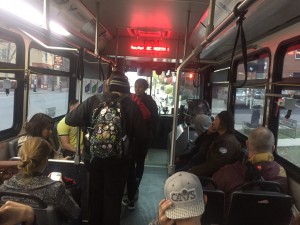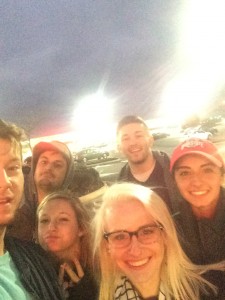Our top ideas were…
Work for rent– Work for rent is a concept where people who do not have enough funds to make a down payment for housing can go to a complex and work for the renters to pay for their rent. A large portion of rent paid goes to cover the owner of a building’s cost to run the complex, so if there are programs where people who need help paying rent can work on landscape, maintenance, cleaning, etc. in exchange for rent or as a way to reduce their monthly payment. This can help keep low income buildings well maintained, nice to live in, and affordable for a lot more people. If the people who live in a place also work to make it nicer, than the amount of care that goes into the work will show in the end result. This confronts the unfair way that cheap housing is in near disrepair, and how the slumlords can charge more rent than it should be because of a lack of better options. This strategy would be a lot more effective if the government incentivized programs such as this to attract the owners of buildings in areas that need it.
Rent to own– Renting to own allows people to build some equity when they pay rent. When people are using half their incomes on their rent then their money is essentially lost to the renters. So, if there was some program incentivized by the government for people who pay rent on time, have been good tenants, and have stayed in a place for a prolonged time to be able to build up equity in the property that they live in. Over time, part of their rent every month will build up in equity, and if they want they can take out a mortgage to buy the place, but the equity that they have built up will go towards the down payment or directly to pay off some of the mortgage.
Split housing– If there were a lot of multi-family housing units developed in existing structures that are in disrepair using the rent-to-own and work-for-rent concepts discussed above, then many of the low income housing problems can be addressed. Many existing structures in Columbus could be great places to live, and if communities that are affordable and promote care for housing are set up then they could be brought back to their intended potential and the slow decay of low income housing could stop and maybe one day, they will just be regular housing and everyone will have the opportunity to live in an affordable nice place.
Our team decided that the most effective strategy would be the work for rent program. We believe this because of all of the ideas listed above, the work for rent program would be the easiest to implement and would have a positive outcome on the community immediately.







